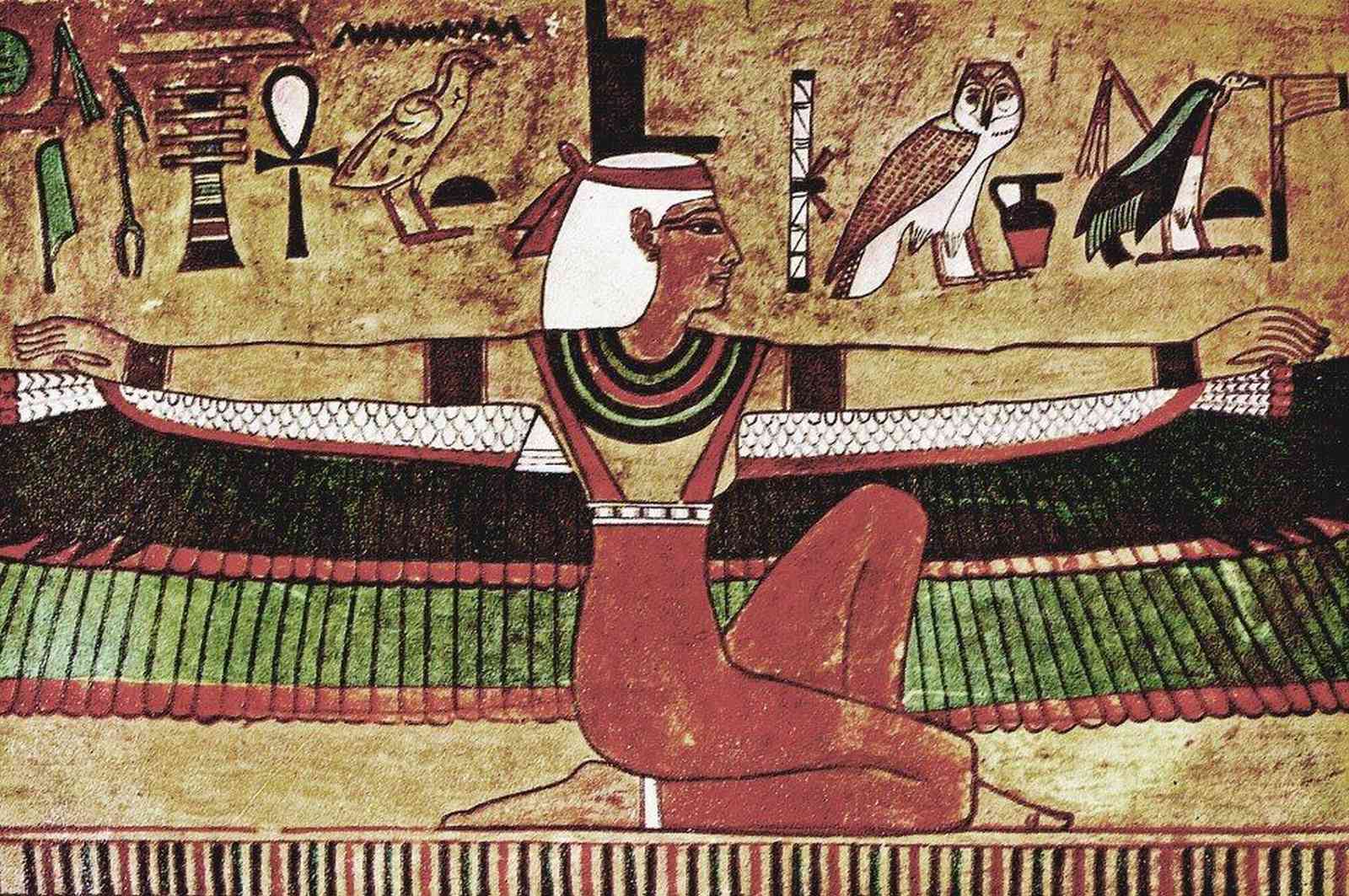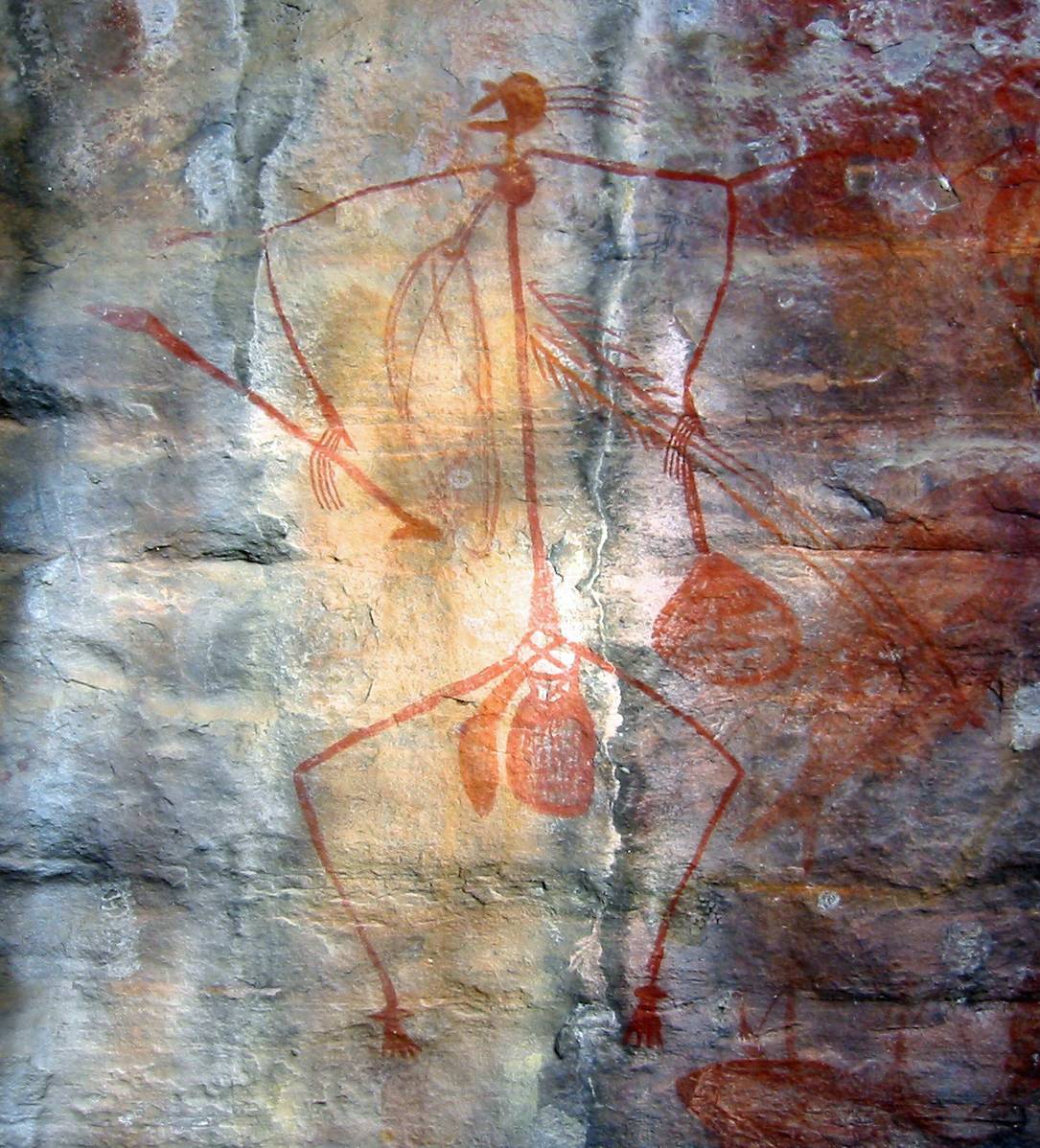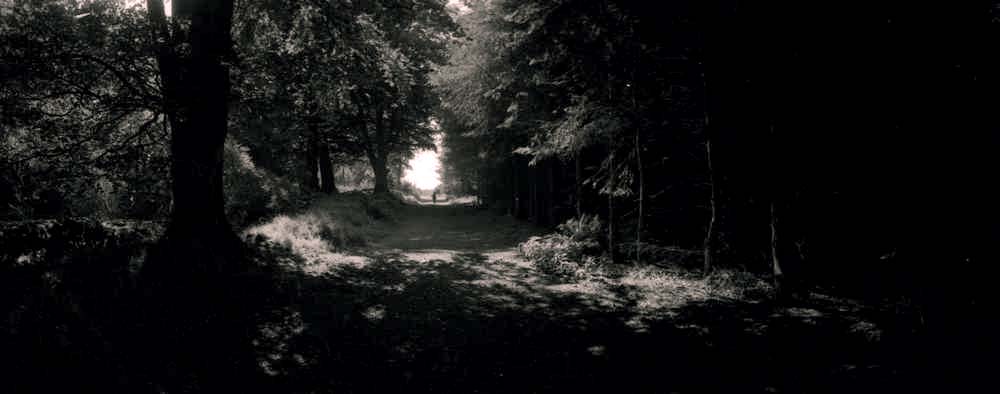Originally posted 2013-07-08 16:49:11.
Hot cross buns. That’s what this article is about. So why do I have a picture of a Roman sculpture of a bull’s head here instead of a nice snap of some hot cross buns?
Hot cross buns actually originated in Assyria as a part of worship of the Moon Goddess Ishtar. At least that is the earliest record we have of them. The Egyptians continued the tradition of offering cakes to their Moon-Goddess Hathor. They decorated the cakes with bull’s horns, as the ox was the preferred sacrifice of the Goddess. The cakes, therefore, were symbolic of the sacrificed bull, whose flesh would be eaten by worshippers.
Hathor has been identified with Ishtar and Astarte, who was worshipped by King Solomon, as mentioned in the Old Testament (1 Kings 11, 2), and to whom he erected a temple or shrine in Jerusalem.



![[kofi]](https://www.rodfleming.com/wp-content/uploads/2022/03/support-me-on-[kofi]-300x81.png)






